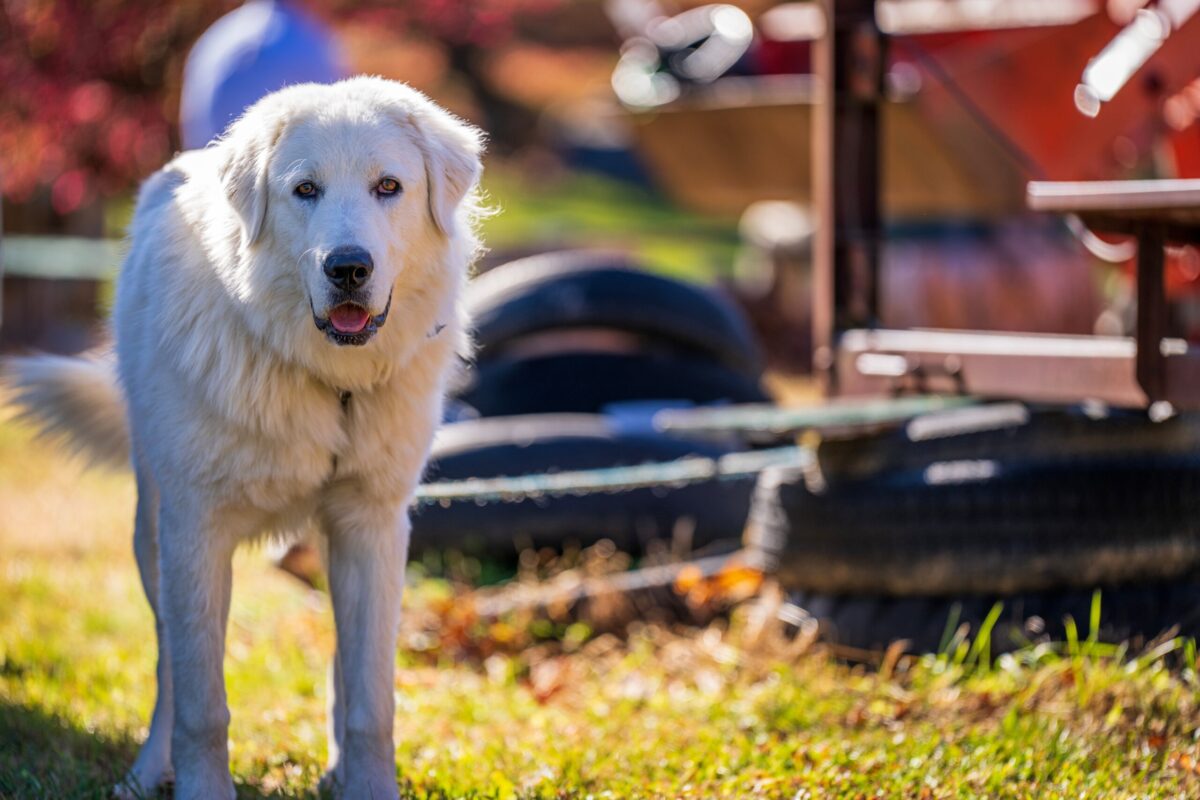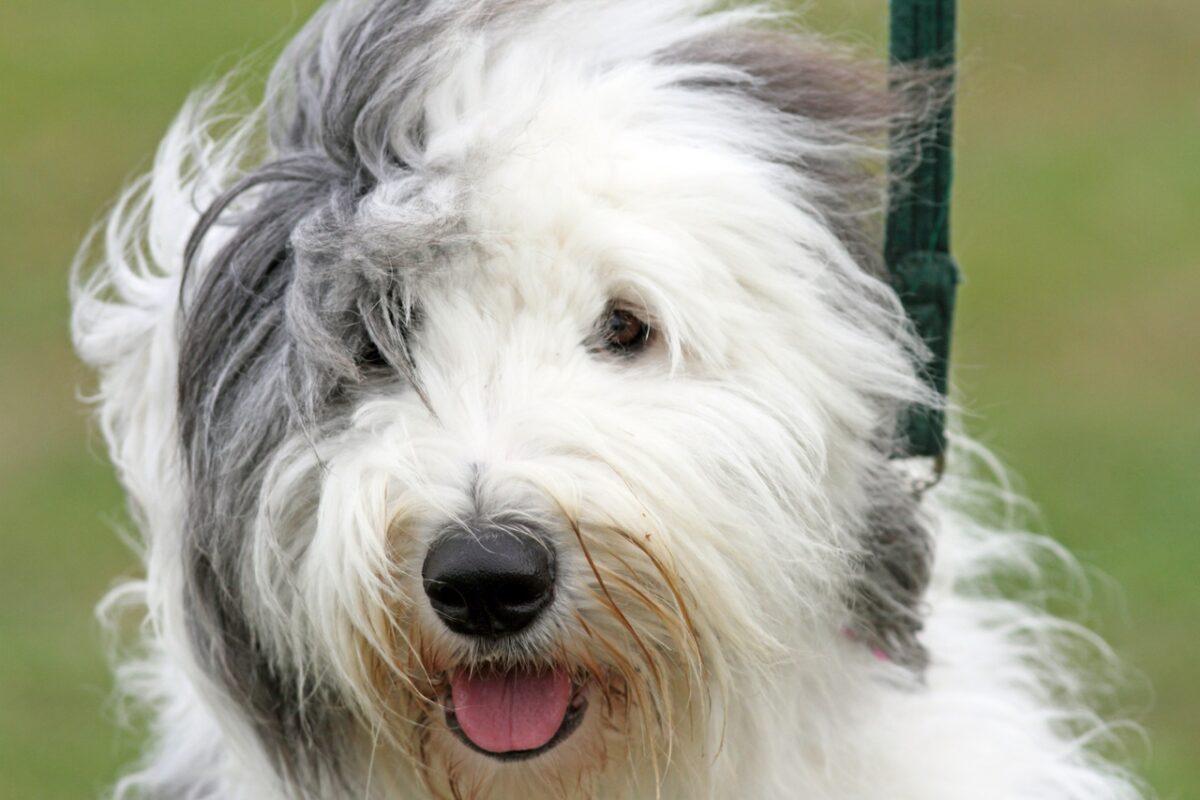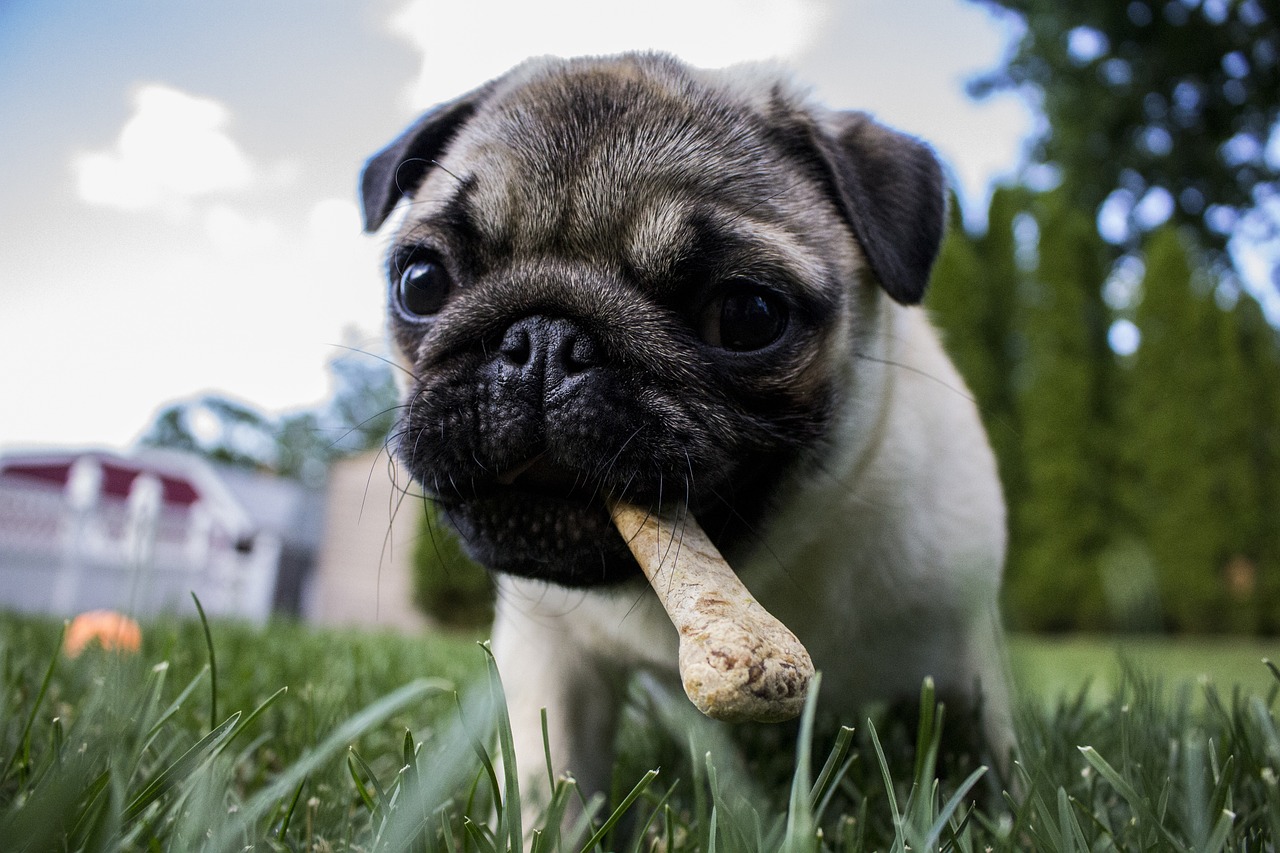PROTECT YOUR DNA WITH QUANTUM TECHNOLOGY
Orgo-Life the new way to the future Advertising by AdpathwayRecent studies reveal that over 85% of domestic cats exhibit kneading behavior throughout their lives. This rhythmic paw movement, inherited from kittenhood, serves multiple biological and emotional functions. Understanding this instinctive behavior helps pet owners better connect with their feline companions. The science behind cat kneading reveals fascinating insights into feline psychology and development.
Cat kneading represents one of the most endearing yet puzzling behaviors displayed by our feline friends. This rhythmic pushing motion with their paws against soft surfaces stems from deep-rooted instincts developed during their earliest days of life. Pet owners worldwide witness this behavior daily, yet many remain curious about its true meaning and purpose.
The biological origins of feline kneading
Newborn kittens instinctively knead their mother’s belly to stimulate milk flow during nursing. This essential survival mechanism ensures adequate nutrition during their most vulnerable weeks. The rhythmic pressure applied by tiny paws triggers the mammary glands to release milk more efficiently, creating a direct link between movement and nourishment.
This early association between kneading and comfort becomes deeply ingrained in feline neural pathways. The behavior activates pleasure centers in the kitten’s brain, creating positive emotional connections that persist into adulthood. Veterinary research shows that this neurological imprinting explains why adult cats continue exhibiting kneading behaviors long after weaning.
The physical mechanism involves alternating pressure from front paws, often accompanied by purring and a relaxed facial expression. Some cats extend their claws during kneading, while others keep them retracted. This variation depends on individual comfort levels and the specific surface being kneaded.
Emotional comfort and stress relief through kneading
Adult cats retain numerous juvenile characteristics throughout their lives, particularly when living in secure domestic environments. This phenomenon, known as neoteny, explains why house cats continue seeking comfort through behaviors typically associated with kittenhood. Kneading serves as a self-soothing mechanism during times of contentment or mild stress.
Cats separated prematurely from their mothers often display more frequent kneading behaviors. These individuals may knead for longer periods and show increased attachment to soft fabrics or their human companions. The behavior compensates for missed early bonding experiences with their biological mothers.
Observational studies indicate that cats knead most frequently when feeling secure and relaxed. Common triggers include :
- Settling down for sleep or rest periods
- Receiving gentle petting from their owners
- Finding particularly soft or warm surfaces
- Experiencing mild anxiety or seeking reassurance
Chemical communication through paw pads
Scent marking plays a crucial role in feline communication systems. Cat paw pads contain specialized scent glands that release pheromones during kneading motions. These chemical signals serve territorial and emotional functions, helping cats establish familiarity within their environment.
The pheromones released during kneading create olfactory comfort zones that reduce anxiety and promote relaxation. This explains why cats often return to knead the same spots repeatedly, building layers of familiar scent that reinforce their sense of security. The behavior essentially transforms ordinary surfaces into personalized comfort areas.
Unlike the scent marking performed through facial rubbing or scratching, paw pad pheromones carry different emotional messages. Research suggests these chemicals communicate contentment and ownership rather than territorial warnings. This distinction makes kneading a uniquely positive form of feline scent communication.
Managing kneading behavior in domestic settings
While kneading represents normal, healthy feline behavior, pet owners may need guidance managing its practical implications. Cats with extended claws can inadvertently damage furniture or cause discomfort when kneading on human laps. Gentle redirection rather than discouragement maintains the cat’s emotional well-being while protecting household items.
Providing appropriate kneading surfaces helps satisfy this instinctive need. Soft blankets, dedicated cat beds, or textured mats offer suitable alternatives to expensive furniture. Regular nail trimming reduces potential damage while preserving the cat’s natural expression of comfort and security.
Understanding kneading as a positive behavioral expression strengthens the human-feline bond and creates more harmonious living arrangements for both species.


 6 hours ago
15
6 hours ago
15





















 English (US) ·
English (US) ·  French (CA) ·
French (CA) ·